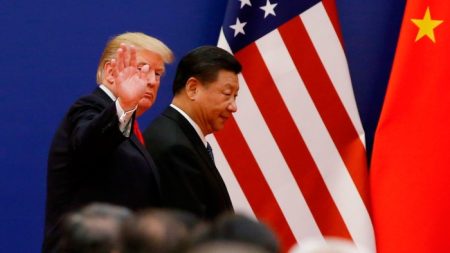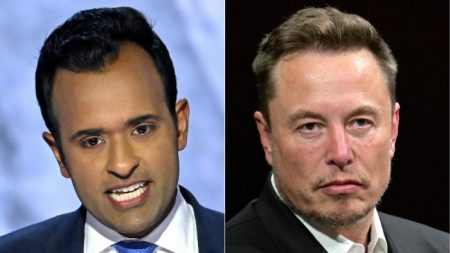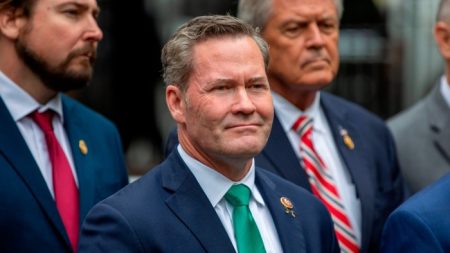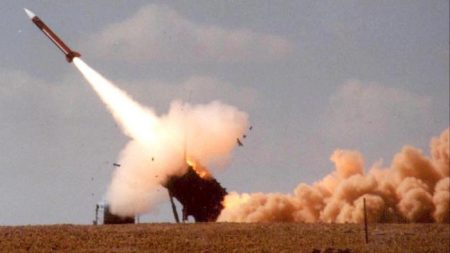Unlock the Editor’s Digest for free
Roula Khalaf, Editor of the FT, selects her favourite stories in this weekly newsletter.
Nato’s European members need to find an extra €56bn a year to meet the alliance’s defence spending target, but the shortfall has halved in the past decade, according to research by Germany’s Ifo Institute for the Financial Times.
The research showed many of the EU countries with the biggest shortfalls in Nato’s target for defence spending to hit 2 per cent of gross domestic product — including Italy, Spain and Belgium — also have among the highest levels of debt and budget deficits in Europe.
The push for the 32 members of the US-led alliance to boost defence spending in response to Russia’s full-scale invasion of Ukraine is stoking budgetary pressures in Europe at a time of low growth and when many countries are tightening their fiscal plans. Economists say this will make it harder for the laggards to bridge the gap.
The biggest shortfall by value was in Germany, which last year spent €14bn less than needed to meet the benchmark, according to Ifo. But Berlin has halved this gap in the past decade, adjusted for inflation, and plans to close it completely this year.
The next largest European shortfalls were €11bn in Spain, €10.8bn in Italy and €4.6bn in Belgium. The trio were among six EU countries with debt above 100 per cent of their GDP last year. Italy also had one of the bloc’s highest budget deficits at 7.2 per cent and its interest costs are set to rise above 9 per cent of government revenues this year.
“Countries with high debt levels and high interest costs do not have much room to raise more debt, so the only real way to do it is to cut spending in other areas,” said Marcel Schlepper, an economist at Ifo. “This is not easy, as we saw when Germany tried to cut subsidies on agricultural diesel and the farmers came out in protest.”
US state department spokesperson Matthew Miller this week acknowledged that there had been an “improvement” in EU efforts to get all Nato members to hit the 2 per cent threshold. Washington has long wanted Europe to spend more on its own defence.
Last year, two-thirds of the total €1.2tn of Nato defence spending was by the US, more than double the €361bn spent by EU members, the UK and Norway combined.
New EU fiscal rules applying from next year are set to usher in more budget cuts as countries seek to comply with a 3 per cent limit on annual deficits and a 60 per cent debt-to-GDP threshold. More than 10 countries in the bloc are expected to breach the annual deficit limit, which will probably result in sanctions by the European Commission.
But during negotiations that ended last year, Poland, Baltic countries and Italy successfully campaigned to treat defence spending more favourably under the new rules. The commission will therefore regard military expenditure as a mitigating factor when assessing whether to take action against countries breaching the annual deficit limit.
In cases such as Poland, which in 2024 is set to spend more than 4 per cent of its output on defence — the highest level among Nato members — and thus breach EU fiscal limits, this is likely to lead to a more lenient assessment of its budget.
Jens Stoltenberg, the alliance’s secretary-general, told reporters on Thursday that two-thirds of members would meet the 2 per cent target this year, up from just three in 2014 when the defence investment pledge was agreed after Russia annexed Crimea.
Eurozone countries are on track to double their defence spending from €150bn in 2021 to €320bn in 2026, according to Pantheon Macroeconomics, which estimated this would boost sluggish growth by 0.2 to 0.3 per cent. This week, Norway became the latest European Nato member to say it would meet the alliance’s 2 per cent target in 2024, a year ahead of schedule.
Lorenzo Codogno, a former Italian treasury official and now an economic consultant, said it would be “difficult” for Italy, which had debt above 140 per cent of GDP last year, to reach the Nato target “if there is no special exemption within the rules or no EU money involved”.
“The Russian threat is not perceived as sufficiently dangerous to justify, say, welfare spending cuts to make room for weapons,” he said.
Nato polling found low public support for increasing defence spending in some countries with the largest shortfalls. Only 28 per cent of Italians think their country should raise military spending, while 62 per cent want it to spend the same or less.
Despite being home to Nato’s headquarters, Belgium’s defence spending was only 1.21 per cent of GDP last year, one of the lowest in the alliance, according to new figures it released on Thursday. Spain was not much higher at 1.24 per cent and Italy was at 1.47 per cent.
Excluding the seven European countries that have said they aim to reach Nato’s 2 per cent target this year, including new member Sweden, Ifo found the European shortfall would still be €35bn.
“We are moving in the right direction, yet too slowly and too late,” Poland’s foreign minister Radosław Sikorski said on Friday, pointing out Russian defence spending was set to reach 7 per cent of GDP this year. “The Russian economy is already operating on a war footing. European economies need to switch to at least a crisis mode.”
Read the full article here













